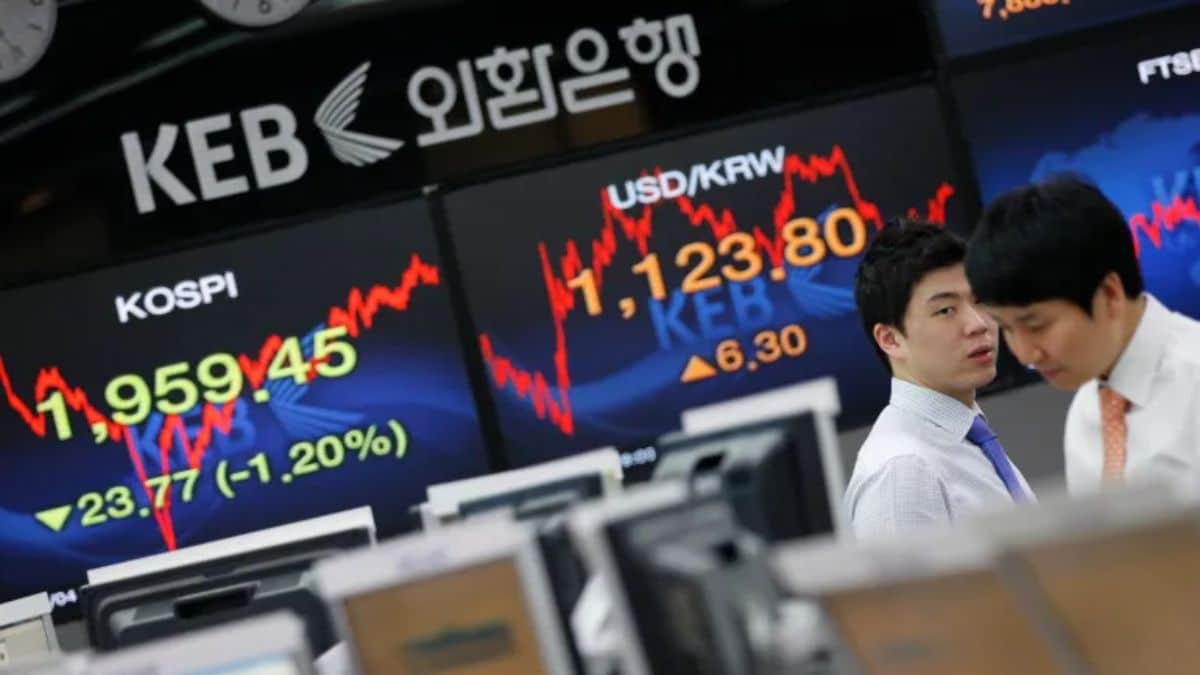 Image Credits - Al Jazeera
Image Credits - Al Jazeera
South Korea’s export picture presented a mixed bag in December, offering both reasons for optimism and concern. While overall exports continued their three-month upward trend, the pace of growth slowed significantly, highlighting underlying vulnerabilities in the world’s fourth-largest economy.
Headline figures showed a 5.1% year-on-year increase in December exports, reaching $57.66 billion. This marked a decline from November’s robust 7.7% growth and fell short of economists’ expectations of a 6.6% rise. Notably, the data revealed starkly contrasting trends within different sectors.
The semiconductor industry, a crucial engine for South Korea’s export machine, finally shed its gloom, delivering its second consecutive month of growth. After 16 months of consecutive declines, chip exports surged 21.8% year-on-year in December, building on November’s 12.9% increase. This resurgence aligns with easing global chip shortages and continued demand for memory chips powering AI applications and new flagship smartphones.
However, the recovery in semiconductors was counterbalanced by a persistent slump in South Korea’s exports to its largest trading partner, China. December saw a 2.9% decrease in exports to the Chinese market, reflecting the ongoing economic slowdown and trade tensions between the two nations.
On a brighter note, December witnessed a slower contraction in imports compared to November. Falling 10.8% year-on-year, imports surpassed analyst estimates of an 11.4% decline and marked an improvement from the 11.6% drop seen in the previous month. This trend may indicate easing pressure on inflation and offer room for domestic demand to pick up steam.
Despite the slower export growth, December still managed to generate a preliminary trade surplus of $4.48 billion. Notably, South Korea’s export data is closely watched as a reliable barometer of global trade momentum, given its position as a major exporter of intermediate goods and its deep integration into global supply chains.
Policymakers in South Korea are banking on export recovery to fuel the country’s economic growth in 2024, projecting a modest 2.1% expansion. However, the mixed December data paints a picture of uneven progress. While the rebound in semiconductor exports is encouraging, the China slowdown and global economic uncertainties present formidable challenges. The success of South Korea’s economic recovery in the coming months will hinge on balancing these opposing forces and navigating a complex global trade landscape.
